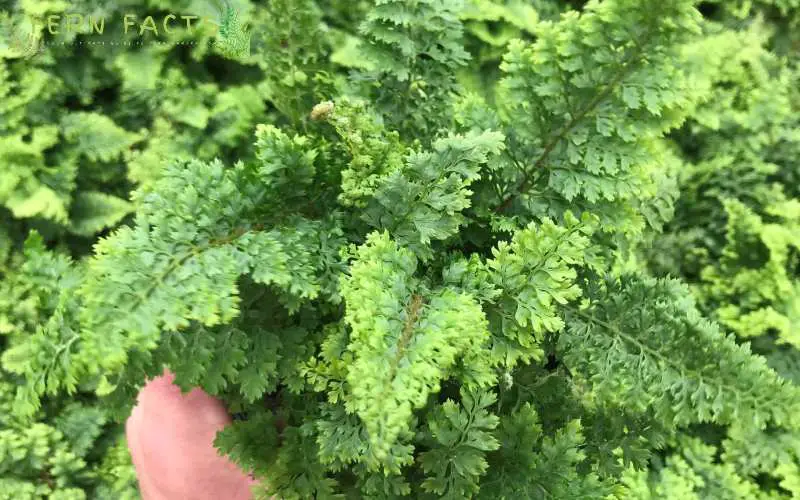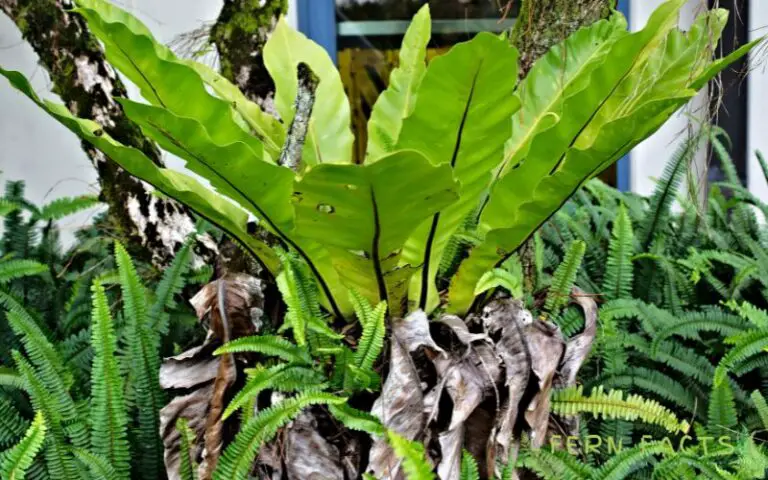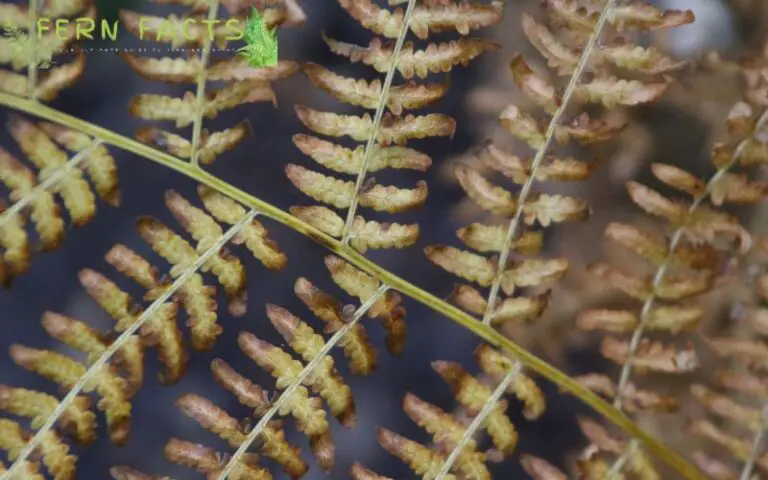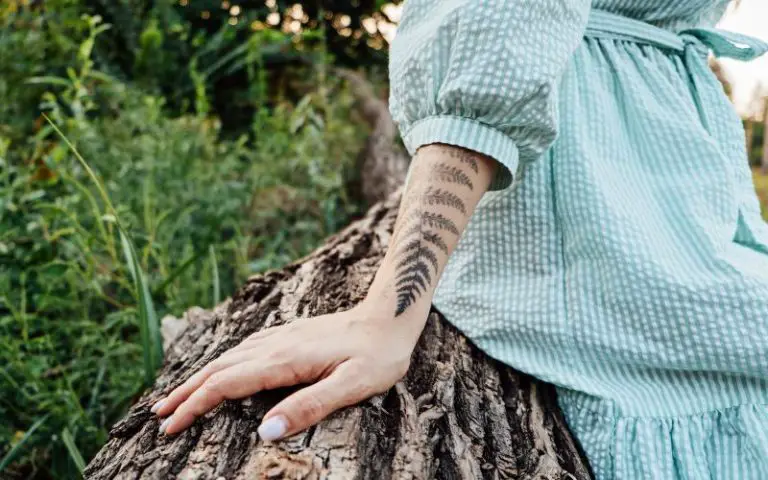How to Grow and Care Soft Shield Fern (Polystichum Setiferum)
Want to have evergreen ferns that can give your greenery appearance throughout the years?
Certainly, Soft shield ferns are one of the evergreen ornamental plants which will be a great addition to your garden.
If you have no clue about these ferns growing and planting care then don’t worry. In this article, I’ll provide you with guidelines on how to grow and care for these soft shield ferns.
Likewise, I’ll also illustrate the potting and propagation process of these ferns along with answering some frequently asked questions about these ferns.
By understanding all this information, it’ll be easier for you to create native wild atmospheres around your ferns to thrive. So, let’s start the process.
Overview of Soft Shield Fern
- Botanical name: Polystichum setiferum
- Common name: Alaska ferns, hedge ferns, Soft shield ferns
- Family: Dryopteridaceae
- Plants: Evergreen or Semi-evergreen plant
- Planting time: autumn, spring
- Native range: Southern and western Europe
- Native habitats: Woodlands
- Shade requirements: full or partial
- Height: around 2 to 3 m
- Soil: sand, loam, acidic, neutral, moist and well-drained
- Hardiness: 4,5,6,7,8
Soft Shield ferns are evergreen Southern and Western native ferns. These ferns have beautiful bright green textured, bipinnate fronds that are normally facing downwards.
Their fern’s size increases from 30 to 120 cm long. These ferns usually grow in the native forest and mountain habitats. More than 200 species exist on the earth.
Further, these soft shield ferns are also ornamental plants that are frequently cultivated by gardeners.
Likewise other ferns, this soft shield fern also received a Garden merit award from the Royal Horticultural Society. And so, these ferns are deer and rabbit-resistant.
Soft Shield Ferns Care and Basic Need
Now go through some basic caring requirements such as lighting, watering, fertilizing, grooming, and other things about soft shield ferns. Here are those:
Light Conditions
Soft Shield ferns need partial shade to a fully shaded place to grow actively. Which means partial bright places or indirect sunlight.
Try to avoid direct sun exposure to your soft shield ferns because full sunlight can harm the plants. In addition, they can grow best under the shade of any tree, just like their natural habitats.
Watering
As soft shield ferns require moist humid soil, therefore try to keep the soil well moist. Do not overwater the plants because it can damage their roots.
During summer times, just maintain the daily watering in order to keep the soil hydrated. Try to keep the soil moist without overly soaking the soil.
In the winter season, just wait for the soil to dry, then water the plants.
Soil Requirements
Soft shield ferns prefer rich humus soil. That means they will thrive in acidic or neutral soil. Similarly, you can choose sandy and loamy soil to enhance it more.
Likewise, choose well-drained soil and enrich the soil with other organic compost mixtures like peat moss, perlite, vermiculite, dry leaf mold, etc, so that the water doesn’t get logged in it.
Fertilizing
Soft shield ferns need annual feeding to thrive. You can choose organic fertilizer and just annually feed your plants before their growing seasons.
It will boost their growth. Conversely, you can use liquid fertilizer once a month as well.
Grooming
Soft shield ferns need some pruning and trimming. Before the early spring, they just cut off their damaged, unshaped fronds. Also, prune brown or burn fronds to keep them healthy.
Pests and Diseases
Like most other ferns, soft shield ferns aren’t prone to pests and diseases much. That’s why it’s very easy to grow and plant these ferns at home.
How to Propagate Soft Shield Ferns?
Well, soft shield ferns can be propagated in three different ways. Here are those ways:
Root division process
One of the ways to propagate soft shield ferns is by division. Do this process in the spring or autumn seasons.
For this propagation, just take your chosen mature plants that you tend to divide. Dust off the soil and split the roots from the main plants into half with any trowel.
Certify each part has an equal amount of roots. Mix the new fresh soil with organic compost, perlite, vermiculite, leaf mold, and peat moss.
Replant each section into a pot or container or in your garden land. The process was finished by watering the plants properly.
Cutting Bulbils
The second method produces bulbils. Bulbils are tiny secondary bulbs of the stems that produce baby plants side by side with the main plant.
So you can simply take the stems and plant them in the garden. Or you can cut the bulbils and then you can replant that part anywhere in your garden or in any pot.
Then, prepare regular potting soil for planting. After that, plant that baby plant there and water it thoroughly. You will notice this part will grow individually in time.
Spores Collection Method
Choose mature plants that have new spores and collect the spores in white paper. As usual, make the soil with rich fertilizer organic compost and spread the spores on the soil.
Water the soil thoroughly and locate it in a shaded place. After a couple of weeks, you will notice a green structure coming through from the soil surface.
Later on, replant your baby plants into a different pot and follow the basic guidelines to have thriving soft shield ferns at your house.
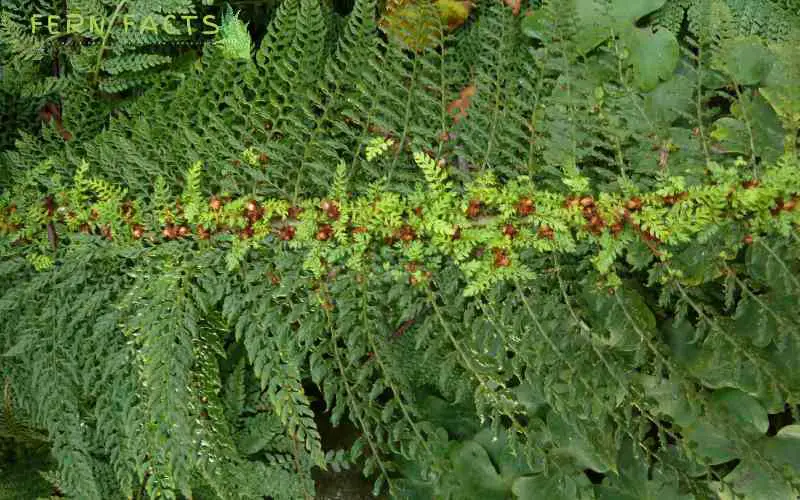
How to Report Soft Shield Ferns
Repotting is necessary to reduce the fern root-bound situation. By repotting, fern growth will also be enhanced.
- For repotting, choose a pot with a bigger container or pot at least 2 inches bigger in size so that they’ll get proper accommodations to develop.
- Later, fill the pot with your new mixer soil. For mixing the soil, you can take organic compost, peat moss, perlite, vermiculite, etc.
- Then, take your plants and loosen the soil. Dust of the soil from the side.
- Don’t take out the soil from the roots.
- Replant your fern in the pot and fill it with your new mixing soil.
- Then, water the plants so that they can get instant hydration.
- Lastly, locate your pot where your ferns will get dappled filtered shade.
- Repeat the process every 2 to 3 years to accommodate its size and shape.
Learn More About How to Care for and Nurture Kimberley Queen Fern.
Wrap Up
In simpler terms, Soft shield ferns are evergreen ornamental ferns that enhance your house look by their evergreen characteristics.
By giving them their ideal condition, basic needs, and other requirements you can easily plant and grow these ferns in your house.
Since they are free from pests and diseases, they will be a trouble-free fern for your beginner level of gardening.
Frequently Asked Questions (FAQ)
- Are soft shield ferns toxic?
- Yes, their fronds are toxic to some extent for mammals like deer and rabbits.
- Can they tolerate dry soil?
- Yes! They can. But not for too long since they prefer moist soil.
- When do their spores become mature?
- Between June and September, soft shield fern spores become mature and ripe.
- What are the ideal planting times for Soft shield ferns?
- Spring, Autumn, and fall would be the ideal time for planting these ferns.

